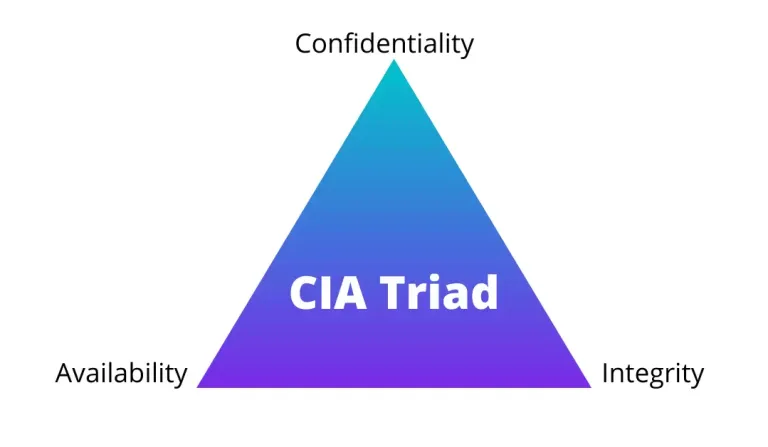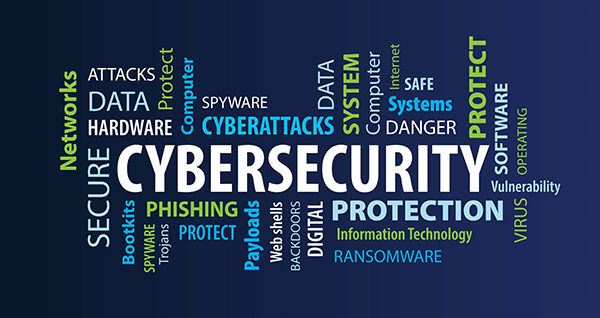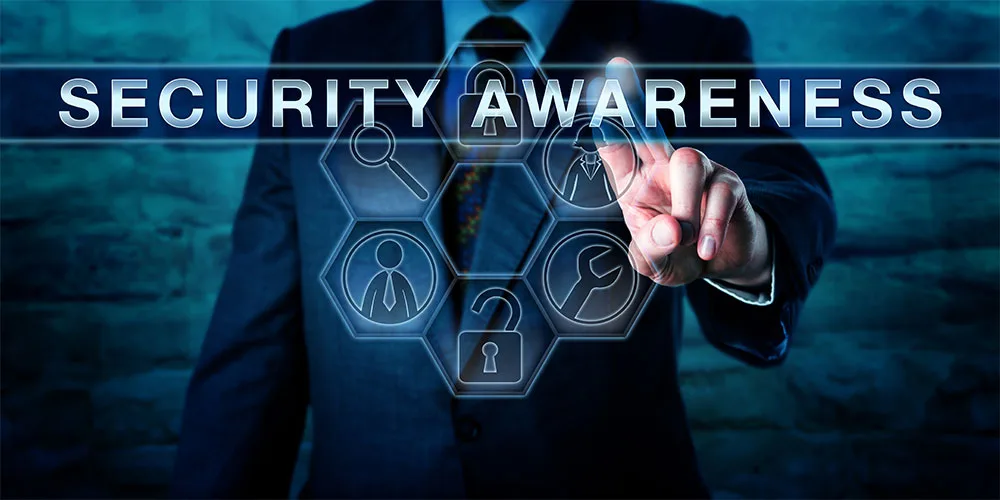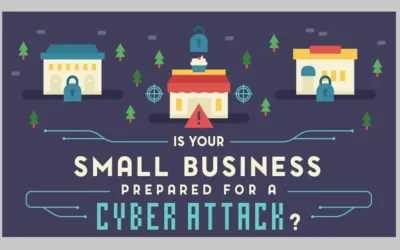In the ever-evolving landscape of digital threats, cyber-security awareness emerges as a beacon of defense, illuminating the path toward a safer online existence. It goes beyond the mere recognition of technical jargon and security protocols; it is a profound understanding of the very essence of risk in our interconnected world.
Cyber-security Awareness: The CIA Triad

Cybersecurity professionals often explain that the goal of cybersecurity is to ensure the Confidentiality, Integrity, and Availability (CIA) of data, sometimes referred to as the CIA Triad, with the pun lovingly intended:
Confidentiality
Confidentiality refers to ensuring that information isn’t disclosed or in any other way made available to unauthorized entities (including people, organizations, or computer processes). Don’t confuse confidentiality with privacy: Confidentiality is a subset of the realm of privacy. It deals specifically with protecting data from unauthorized viewers, whereas privacy in general encompasses much more. Hackers that steal data undermine confidentiality.
Integrity
Integrity refers to ensuring that data is both accurate and complete. Accurate means, for example, that the data is never modified in any way by any unauthorized party or by a technical glitch. Complete refers to, for example, data that has had no portion of itself removed by any unauthorized party or technical glitch.
Integrity also includes ensuring nonrepudiation, meaning that data is created and handled in such a fashion that nobody can reasonably argue that the data is not authentic or is inaccurate.
Cyberattacks that intercept data and modify it before relaying it to its destination — sometimes known as man-in-the-middle attacks — undermine integrity.
Availability
Availability refers to ensuring that information, the systems used to store and process it, the communication mechanisms used to access and relay it, and all associated security controls function correctly to meet some specific benchmark (for example, 99.99 percent uptime). People outside of the cybersecurity field sometimes think of availability as a secondary aspect of information security after confidentiality and integrity.
In fact, ensuring availability is an integral part of cybersecurity. Doing so, though, is sometimes more difficult than ensuring confidentiality or integrity. One reason that this is true is that maintaining availability often requires involving many more non-cybersecurity professionals, leading to a “too many cooks in the kitchen” type challenge, especially in larger organizations. Distributed denial-of-service attacks attempt to undermine availability. Also, consider that attacks often use large numbers of stolen computer power and bandwidth to launch DDoS attacks, but responders who seek to ensure availability can only leverage the relatively small amount of resources that they can afford.
Cyber-security Awareness

At its core, cyber-security awareness is a vigilant guardian against the looming specter of data breaches. It is the shield that fortifies our digital fortresses, acknowledging that the information we share online is a prized possession and a potential target for malevolent actors. Through awareness, we grasp the gravity of protecting our personal data, preventing it from becoming fuel for identity theft, fraud, or unauthorized access.
Moreover, cyber-security awareness tackles the insidious realm of phishing attacks, where devious emails and cunning messages attempt to pry open the gates of our digital lives. It empowers us to discern the subtle traps laid by cybercriminals, recognizing that a simple click can unleash a cascade of consequences, from malware infiltration to compromising sensitive credentials.
In the interconnected tapestry of our digital existence, awareness acts as a thread weaving through the fabric of secure communication. It enlightens us about the significance of encrypted connections and the potential pitfalls of unsecured networks, reminding us that the virtual corridors we traverse are not immune to prying eyes.
In the workplace, cyber-security awareness stands as a stalwart defender against corporate espionage and data leaks. It instills in employees a sense of responsibility, making them vigilant guardians of their organization’s digital assets. Understanding the value of sensitive information, employees become the frontline defense, thwarting potential threats with a watchful eye and a click-reflex tempered by awareness.
Beyond the immediate perils, cyber-security awareness acknowledges the ripple effect of a breach. It comprehends the domino effect that can tarnish reputations, disrupt operations, and erode the trust of clients and stakeholders. It underscores that the impact of a cyber incident extends far beyond the digital realm, infiltrating the very foundations of trust and integrity.
Risks Addressed by Cyber-security Awareness
The risks that cybersecurity addresses can also be thought of in terms better reflecting the human experience:
Privacy risks: Risks emanating from the potential loss of adequate control over, or misuse of, personal or other confidential information.
Financial risks: Risks of financial losses due to hacking. Financial losses can include both those that are direct — for example, the theft of money from someone’s bank account by a hacker who hacked into the account — and those that are indirect, such as the loss of customers who no longer trust a small business after the latter suffers a security breach.
Professional risks: Risks to one’s professional career that stem from breaches. Obviously, cybersecurity professionals are at risk for career damage if a breach occurs under their watch and is determined to have happened due to negligence, but other types of professionals can suffer career harm due to a breach as well. C-level executives can be fired, board members can be sued, and so on. Professional damage can also occur if hackers release private communications or data that shows someone in a bad light — for example, records that a person was disciplined for some inappropriate action, sent an email containing objectionable material, and so on.
Business risks: Risks to a business similar to the professional risks to an individual. Internal documents leaked after breach of Sony Pictures painted various the firm in a negative light vis-à-vis some of its compensation practices.
Personal risks: Many people store private information on their electronic devices, from explicit photos to records of participation in activities that may not be deemed respectable by members of their respective social circles. Such data can sometimes cause significant harm to personal relationships if it leaks. Likewise, stolen personal data can help criminals steal people’s identities, which can result in all sorts of personal problems.
Physical danger risks: Cyberattacks on sewage treatment plants, utilities, and hospitals in recent years have shown clearly that the failure to maintain cybersecurity can lead to the endangering of human lives. For example, in 2020, a woman in Germany died while being transported between hospitals after the hospital at which she had been a patient was struck by ransomware. And in 2021, a lawsuit was filed arguing that a baby died as a result of medical mistakes made as she was born at a hospital in Alabama during system outages caused by a ransomware attack.
Conclusion
In essence, cyber-security awareness is the embodiment of our collective responsibility in the digital age. It transcends the realms of code and algorithms, resonating with the human understanding of risk, consequence, and the imperative to protect what matters most. It is the narrative that empowers individuals and organizations alike to navigate the digital landscape with resilience, mindfulness, and a shared commitment to a safer, more secure future.





